Lord Vishnu’s Dashavatar is a fascinating concept that has enthralled Hindu minds for generations. According to this ancient belief, Lord Vishnu, one of Hinduism’s main deities, has taken 10 different forms, or avatars, throughout history in order to preserve and protect the planet. The Dashavatar, or Lord Vishnu’s ten avatars, are thought to reflect the many stages of the world and the progression of human consciousness.
In this blog article, we will digging into the stories behind each of Vishnu’s 10 avatars and the teachings they hold for humanity.
1. Matsya: The Fish Avatar
The first avatar of Lord Vishnu is Matsya, the fish. According to Hindu mythology, Matsya saved the world from a great flood by advising King Manu to build a boat and gather all the species of animals and plants to survive the deluge. This avatar symbolizes the preservation of life and the importance of taking action to protect the world.
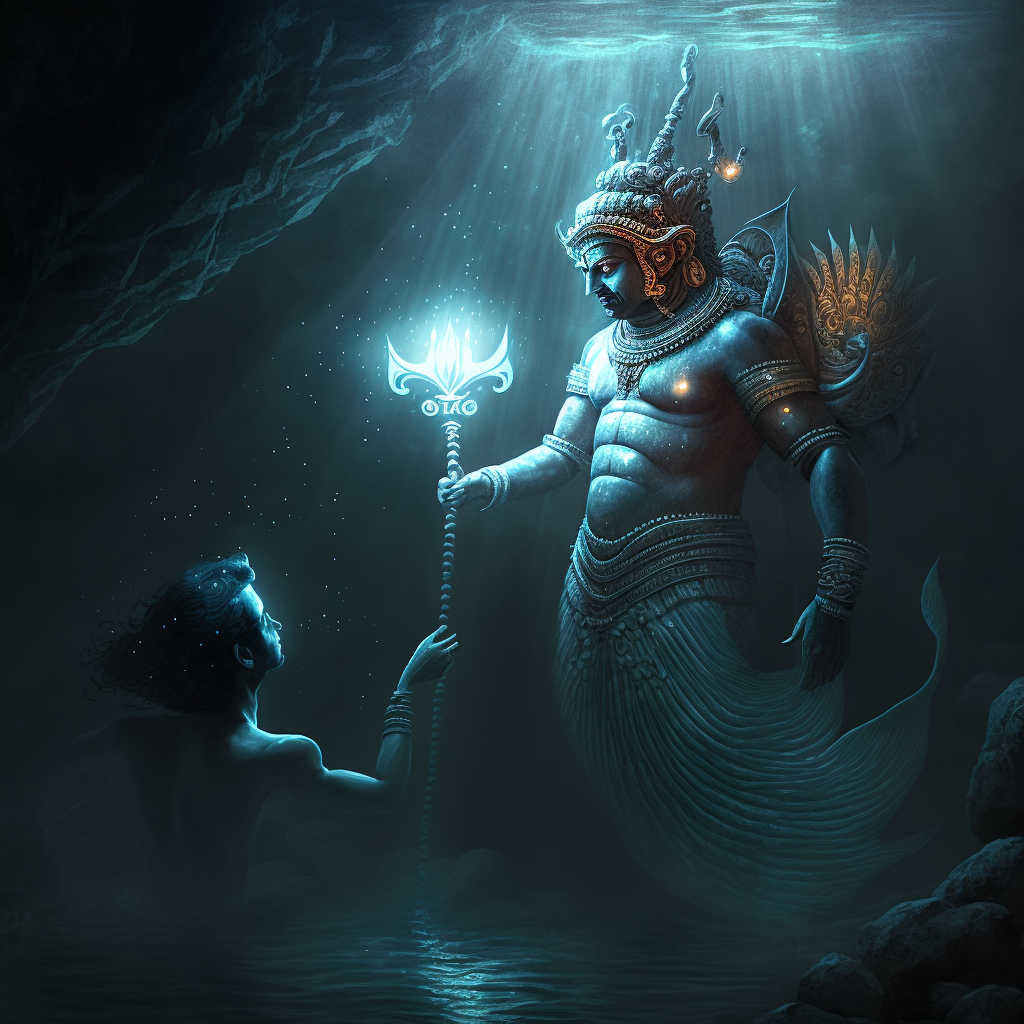
2. Kurma: The Tortoise Avatar
The second avatar of Lord Vishnu is Kurma, the turtle. In this incarnation, Lord Vishnu took the form of a giant turtle to support the mountain Mandara on his back, which was used as a pivot for the gods and demons to churn the ocean and obtain the nectar of immortality. Kurma represents stability and steadfastness in the face of adversity.

3. Varaha: The Boar Avatar
The third avatar of Lord Vishnu is Varaha, the boar. In this incarnation, Lord Vishnu took the form of a boar to rescue the earth from the underworld, where it had been taken by the demon king Hiranyaksha. Varaha symbolizes the power of Lord Vishnu and his ability to protect and defend the world.
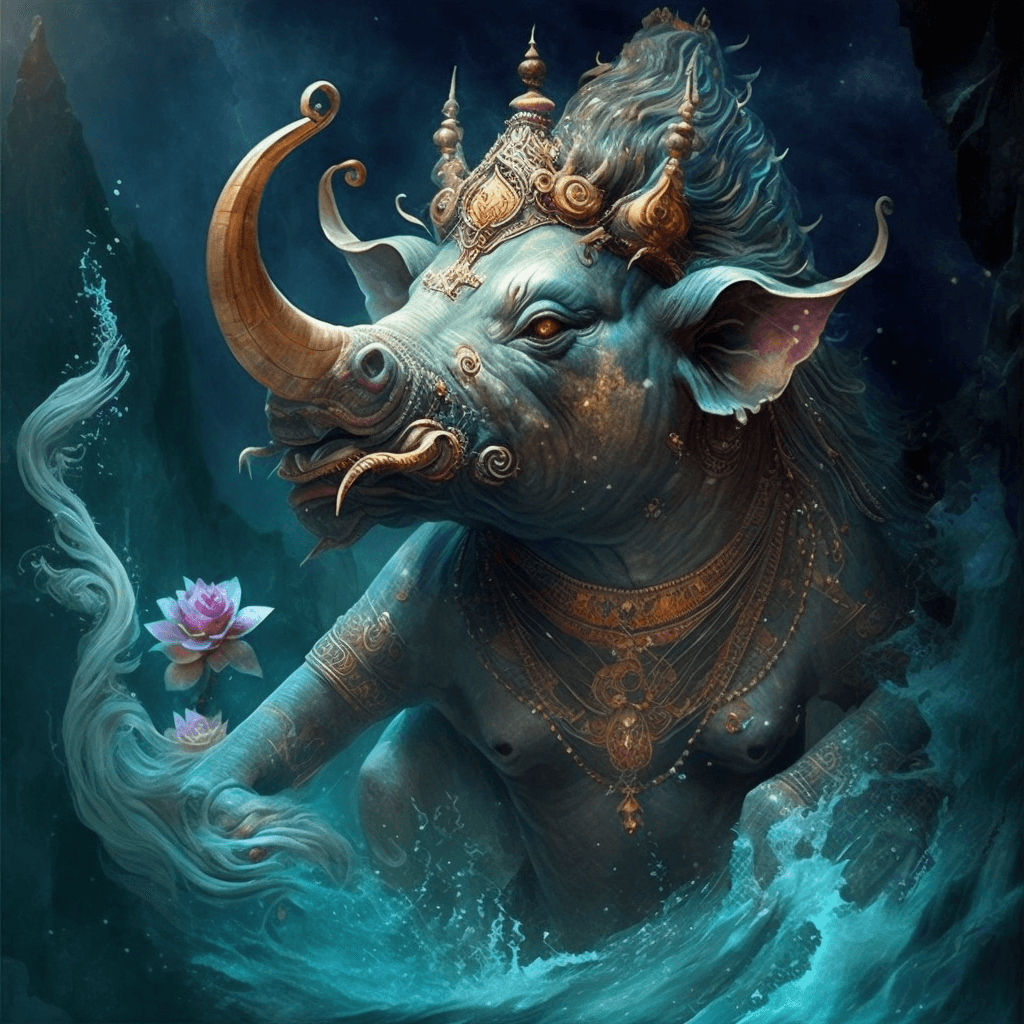
4. Narasimha: The Lion-Man Avatar
The fourth avatar of Lord Vishnu is Narasimha, the man-lion. In this incarnation, Lord Vishnu took the form of a man-lion to defeat the demon king Hiranyakashipu, who had terrorized the world and oppressed his own son. Narasimha represents the triumph of good over evil and the power of Lord Vishnu to defend the innocent.
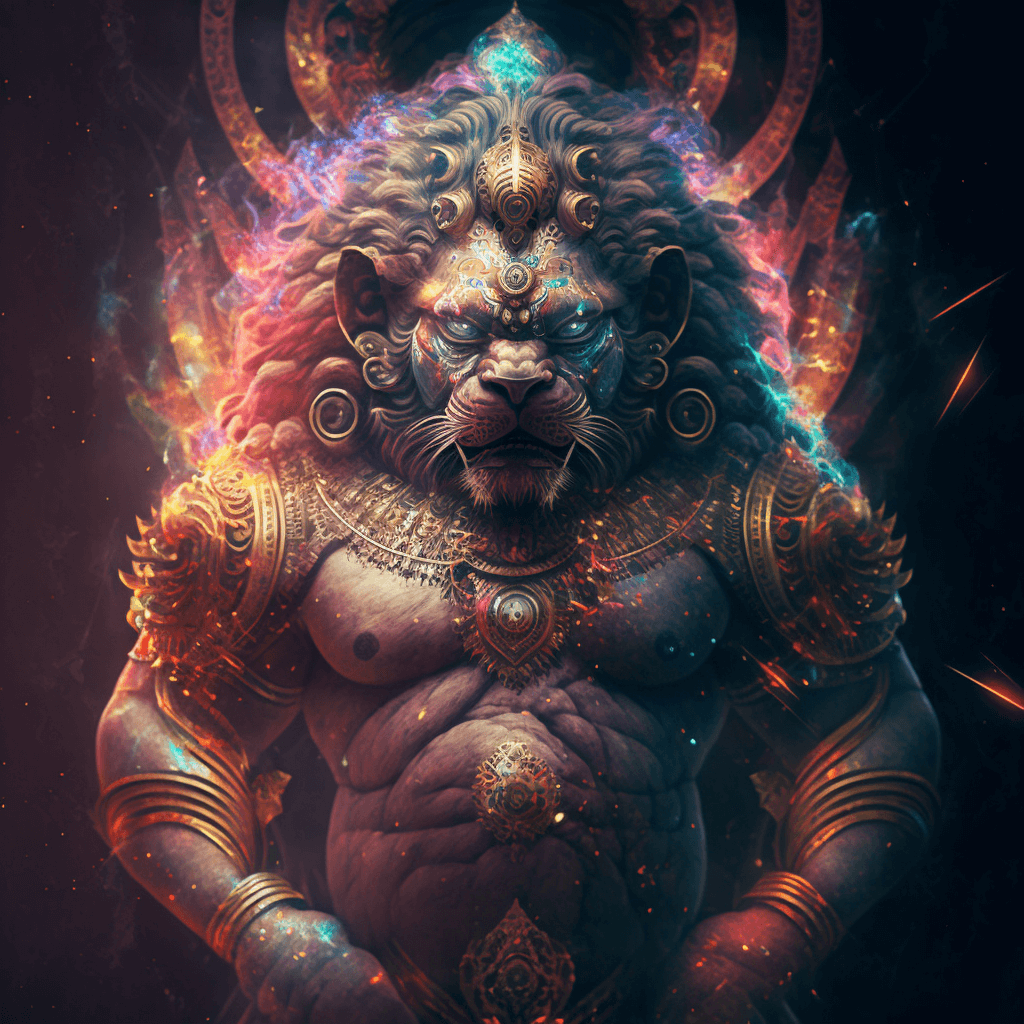
5. Vamana: The Dwarf Avatar
The fifth avatar of Lord Vishnu is Vamana, the dwarf. In this incarnation, Lord Vishnu took the form of a dwarf to trick the demon king Bali, who had become too powerful and threatened the stability of the world. Vamana symbolizes Lord Vishnu’s wisdom and cunning, as well as his ability to restore balance to the world through unexpected means.
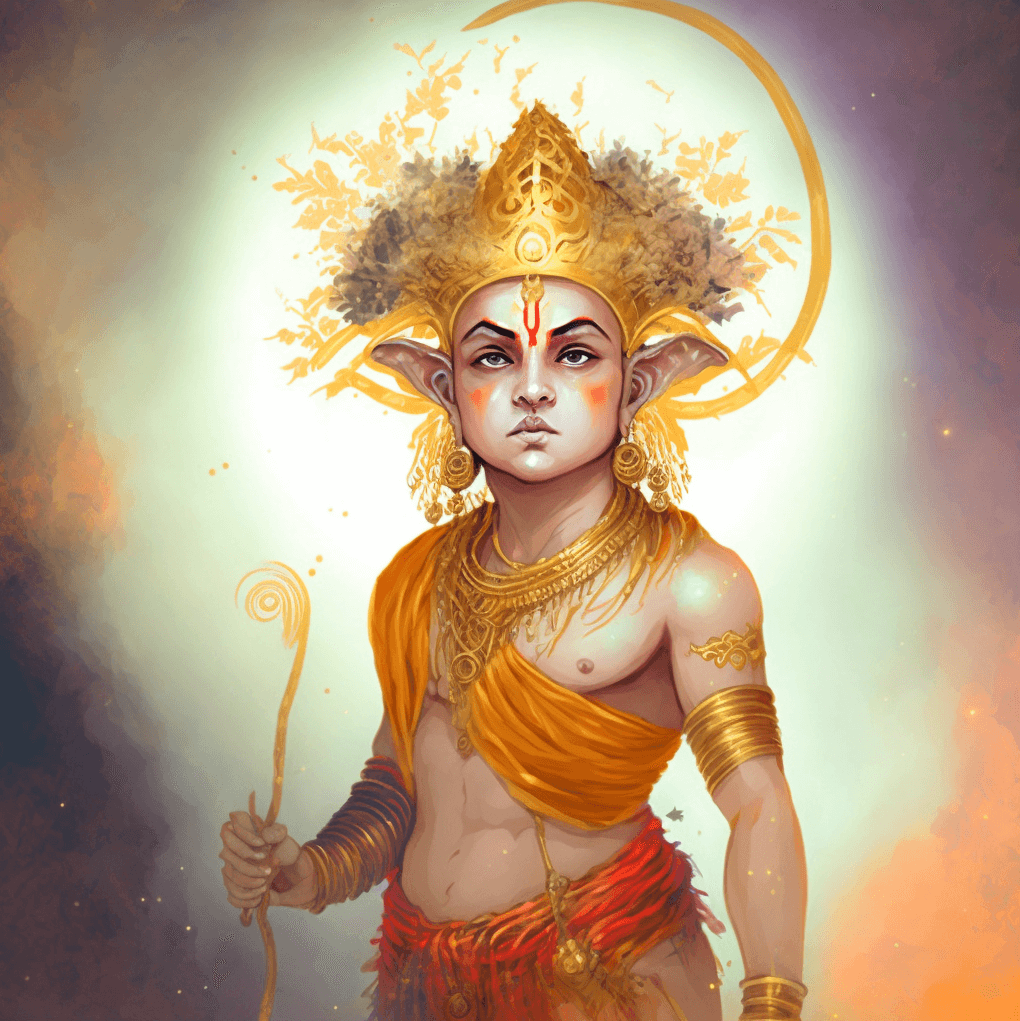
6. Parshuram: The Rama with an Axe Avatar
The sixth avatar of Lord Vishnu is Parshuram, the warrior-sage. In this incarnation, Lord Vishnu took the form of a warrior-sage to defeat the tyrannical Kshatriya class and restore justice to the world. Parasurama represents the power of knowledge and righteousness, as well as Lord Vishnu’s ability to use his might to restore balance to the world.

7. Rama: The Prince Avatar
The seventh avatar of Lord Vishnu is Rama, the prince. In this incarnation, Lord Vishnu took the form of a prince to defeat the demon king Ravana, who had kidnapped Rama’s wife Sita. Rama represents the power of truth and righteousness, as well as Lord Vishnu’s ability to use his bravery and cunning to protect the innocent and defeat evil.
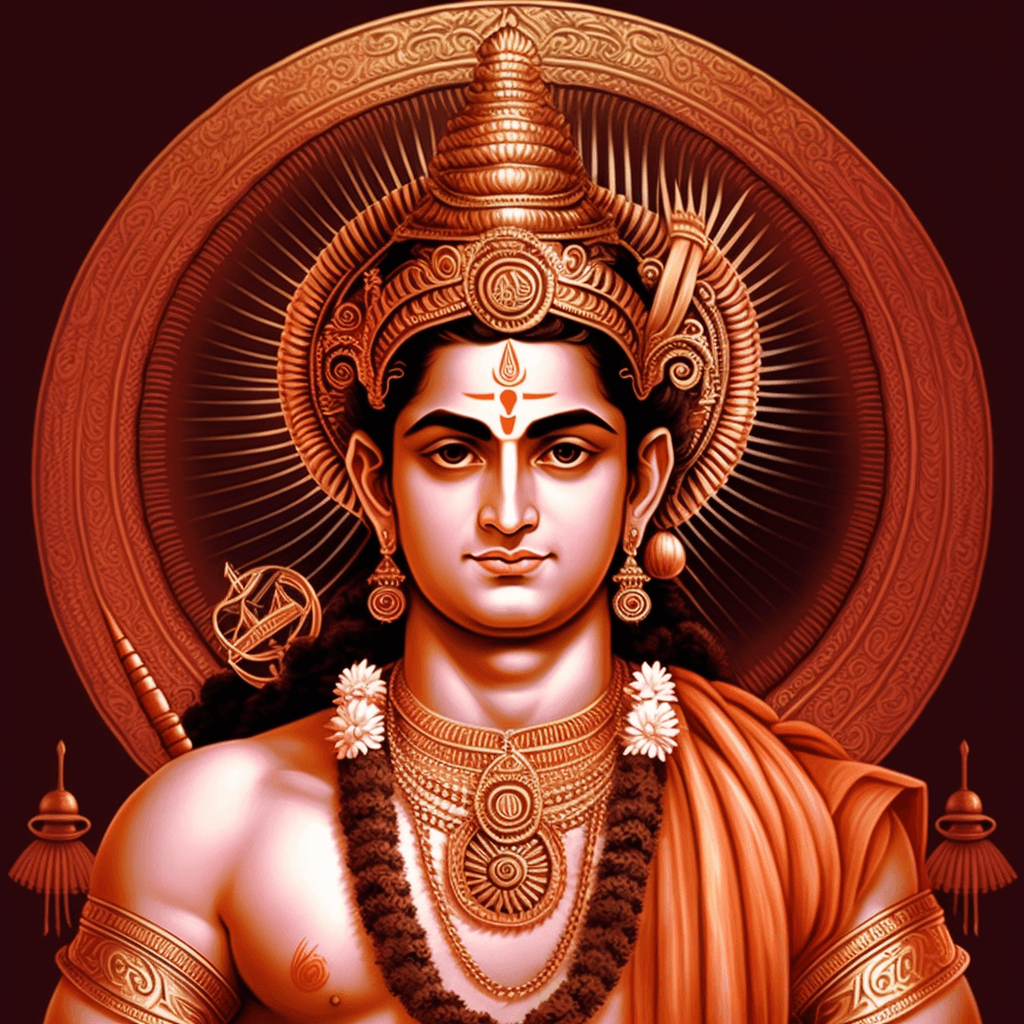
8. Krishna: The Divine Statesman Avatar
The eighth avatar of Lord Vishnu is Krishna, the divine strategist. In this incarnation, Lord Vishnu took the form of a divine strategist to guide the Pandavas to victory in the great battle of Kurukshetra against the Kauravas. Krishna represents the power of knowledge.
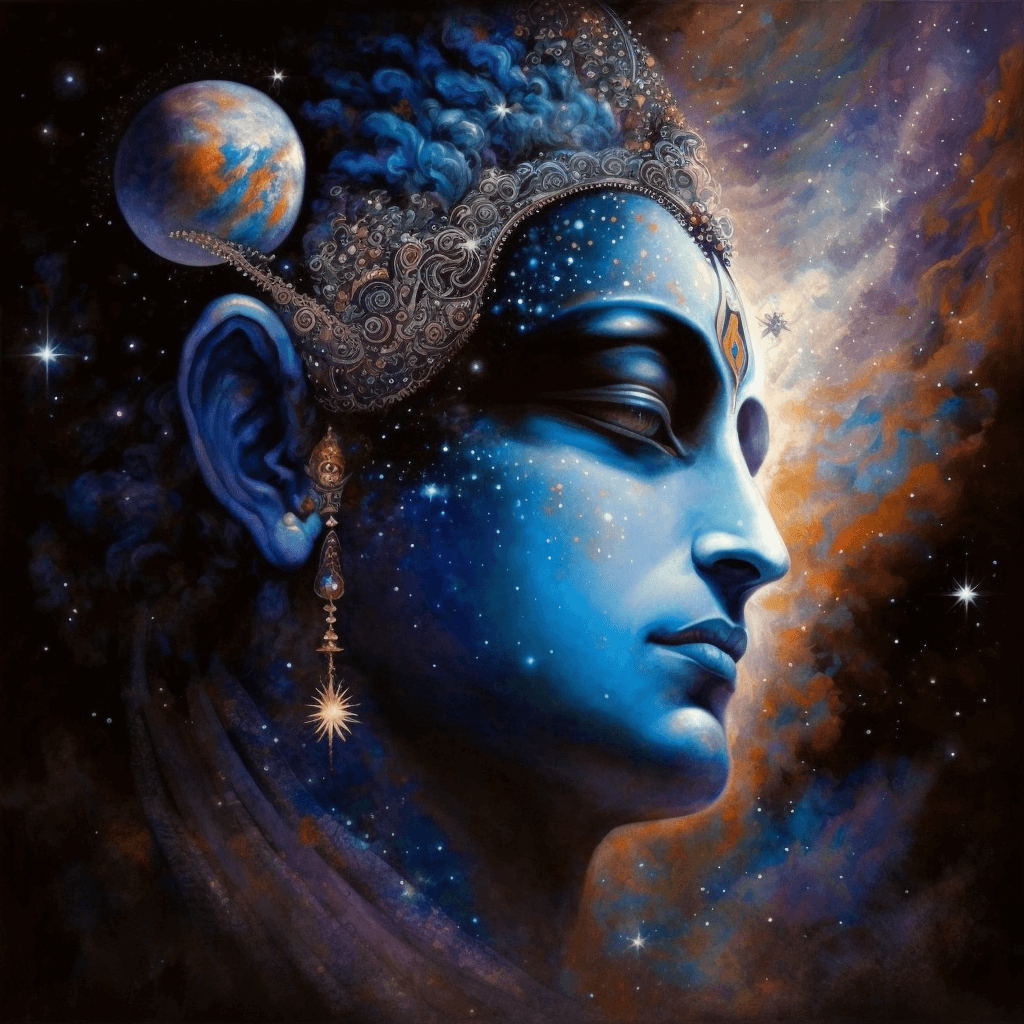
9. Gautama Buddha : The Enlightened One
The ninth avatar of Lord Vishnu is the Buddha, also known as Gautama Buddha. In this form, Vishnu took on the teachings of Buddhism to show the path of enlightenment to humanity. The Buddha avatar represents the triumph of knowledge over ignorance.

10.Kalki: The Last Avatar
Kalki Avatar: The Kalki Avatar represents the end of the world and the restoration of dharma (righteousness). In this form, Lord Vishnu will take the form of Kalki and bring an end to the current age of darkness and chaos.

The 10 avatars of Vishnu and their stories can serve as a source of inspiration and guidance for individuals and society as a whole. The Dashavatar concept teaches us about the cyclical nature of life, the different roles that one can play, and the importance of facing challenges and preserving the balance of the universe. We hope this article has given you a deeper understanding of the Dashavatar and the relevance it holds in today’s world. If you’re interested in learning more about this ancient and rich topic, we invite you to subscribe to our newsletter for more updates and insights.
We hope this article has given you a deeper understanding of the Dashavatar and the 10 avatars of Vishnu. If you’re interested in learning more about this ancient and rich topic, we invite you to subscribe to our newsletter for more updates and insights.




